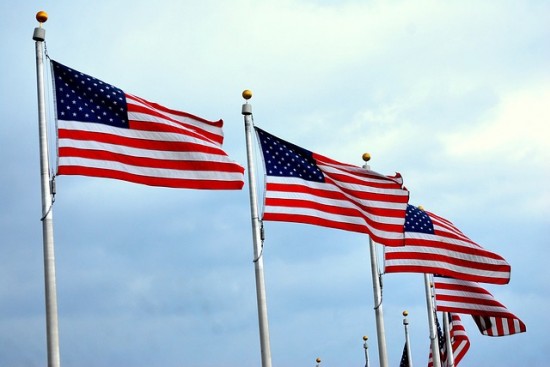Many times casual students of history tend to bypass the Declaration of Independence declaring that the document was written as a response to the taxation without representation that King George was imposing on the American people. While this is in part true, this is far from the whole story. The Declaration of Independence came about after a long period of suffering and even bloodshed on the part of the new American colonies. The events leading up to the Declaration of Independence can constitute a whole study in and of themselves. The document was carefully crafted to include all the reasons that separation was being demanded by the young country against the most powerful force in the world (on land or sea) Great Britain. So if you are looking to go beyond casual study here is what any citizen should know about the Declaration of Independence.
The timeline of the Declaration took place over several weeks. The Declaration was the result of several meetings and several different drafts: not a single copy as history would have us believe. Here is the timeline of the Declaration of Independence-
• June 7, 1776-Congress, while meeting in Philadelphia, receives Richard Henry Lee’s resolution urging Congress to declare independence.
• June 11, 1776-Thomas Jefferson, John Adams, Benjamin Franklin, Roger Sherman, and Robert R. Livingston are appointed to a committee to draft a declaration of independence. During this time the American army retreats to Lake Champlain from Canada.
• June 12-27, 1776-Thomas Jefferson, at the request of the committee, drafts a declaration, of which sadly only a fragment exists. Jefferson’s final clean, or “fair” copy, which is called the “original Rough draught,” is reviewed by the committee. Both documents are now housed in the manuscript collections of the Library of Congress. Thomas Jefferson wrote at what is now known as the Declaration House but was the residence of prominent Philadelphia bricklayer Jacob Graff.
• June 28, 1776-A complete copy of the committee draft of the Declaration of Independence is read in Congress.
•July 1-4, 1776-Congress debates and revises the Declaration of Independence extensively over these dates.
• July 2, 1776-While debating about the Declaration of Independence, Congress declares independence as the British fleet and army arrive at New York.
• July 4, 1776-Congress adopts the Declaration of Independence on the morning of a bright and sunny, but cool Philadelphia day. John Dunlap begins printing the Declaration of Independence. These prints are now called “Dunlap Broadsides.” Twenty-four of these copies are known to exist, two of which are in the Library of Congress. One of these copies was Washington’s personal copy.
• July 5, 1776-John Hancock, serving as president of the Continental Congress, dispatches the first of Dunlap’s broadsides of the Declaration of Independence to the legislatures of New Jersey and Delaware.
• July 6, 1776-The Pennsylvania Evening Post of July 6th prints the first newspaper rendition of the Declaration of Independence. It is widely anticipated by the public.
• July 8, 1776-The first public reading is held of the Declaration of Independence in Philadelphia.
• July 9, 1776-Commander-in-Chief George Washington orders that the Declaration of Independence be read before the American army in New York
• July 19, 1776-Congress orders the Declaration of Independence be engrossed (officially inscribed) and signed by members.
• August 2, 1776-Delegates begin to sign the engrossed copy of the Declaration of Independence. A large British reinforcement abruptly arrives at New York after being repelled at Charleston, S.C.
• January 18, 1777-Congress, now sitting in Baltimore, Maryland, orders that signed copies of the Declaration of Independence printed by Mary Katherine Goddard of Baltimore be sent to all of the states.

